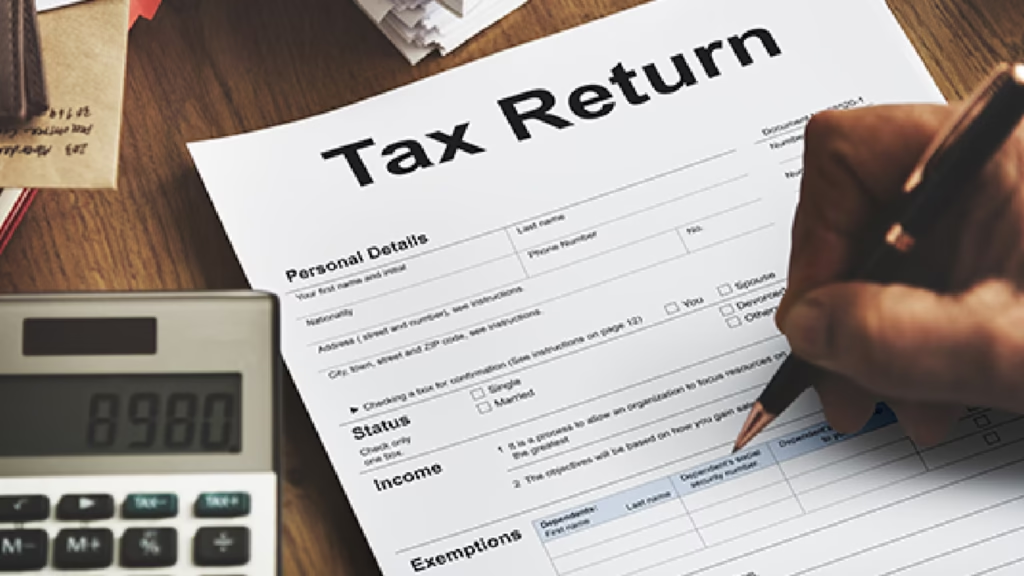In a move designed to simplify the tax process and provide relief to millions of working Australians, the Albanese Labor Government has unveiled a landmark tax deduction policy that allows individuals to claim up to $1,000 in work-related expenses without needing receipts.
This policy, set to take effect in the 2026–27 financial year, is expected to benefit more than 5.7 million taxpayers, or around 39% of all individual filers, according to official estimates.
What Is the $1,000 No-Receipt Tax Deduction?
Under the proposed policy, eligible taxpayers will be able to claim a flat $1,000 deduction for work-related expenses without providing receipts or documentation. The move is a significant expansion of the current rule, which allows claims up to only $300 without substantiation.
This reform is part of Labor’s broader plan to make tax returns easier, faster, and more accurate.
“This reform will reduce paperwork and give Australians back more time and more money,” a spokesperson from the Treasury said.

Who Can Claim It?
The $1,000 standard deduction is available to:
- Employees who earn income from wages or salary
- Those working part-time, full-time, or from home
However, people whose income only comes from investments or business activities are not eligible for this specific deduction.
Taxpayers will also retain the option to itemize deductions if their actual work-related expenses exceed the $1,000 threshold.
When Will It Start?
The policy is slated to begin in the 2026–27 financial year, meaning it will apply to income earned from 1 July 2026 onward.
It is not retroactive, so current or past tax years will not be affected by this change.
How Much Will You Actually Save?
The tax saving depends on your marginal tax rate. For example:
- At a 30% tax rate, a $1,000 deduction would reduce your tax bill by $300.
- At the 19% rate, the benefit would be $190.
So, while the deduction is fixed, the cash benefit varies by income level.
Economic Impact and Cost
The initiative is estimated to cost the government $2.4 billion over the forward estimates. However, the Labor Government sees it as a cost-effective measure to reduce red tape and increase fairness in the tax system.
Should You Still Keep Records?
Although receipts are not required for the $1,000 deduction, experts recommend maintaining basic records or notes about expenses. This helps taxpayers evaluate whether they might be better off itemizing, particularly if actual deductions exceed $1,000.
According to Money Magazine, around 20% of taxpayers claim more than $1,000 in work expenses, and they may still prefer the traditional itemization route.

Why Is Labor Doing This?
The government says the policy is part of a broader push to modernize the tax system and alleviate stress for average Australians.
“This is about cutting down complexity and making sure everyday workers are not punished for minor admin errors at tax time,” said Treasurer Jim Chalmers.
Labor’s tax reform strategy is designed to complement other measures aimed at supporting low- and middle-income earners and fighting the rising cost of living.
What Experts Are Saying
Economists and tax professionals have largely welcomed the change, calling it a “win for simplicity”. However, some caution that it’s essential to educate taxpayers on the pros and cons of taking the flat deduction versus itemizing.
“Some people may automatically opt for the standard deduction without realizing their actual expenses are higher,” said a senior analyst at H&R Block.
Additional Resources
- Australian Taxation Office – Work-related Expenses Guide
- Labor’s Tax Reform Plan – Full Policy Document
- Money Magazine – Tax Policy Breakdown
Final Thoughts
Labor’s new $1,000 no-receipt tax deduction could be a game changer for millions of Australians, offering a simplified, flexible, and stress-free way to manage work-related claims at tax time. As the 2026 start date approaches, taxpayers should assess their typical expenses to make the most informed decision when this new option becomes available.
This article has been carefully fact-checked by our editorial team to ensure accuracy and eliminate any misleading information. We are committed to maintaining the highest standards of integrity in our content.

Deepak Grover is a dedicated content writer at OTE News, specializing in government affairs, public policy, and current events. With a keen eye for detail and a passion for factual reporting, he ensures readers receive accurate and insightful news. Deepak holds a degree in Political Science and has experience in research-driven journalism.
When not writing, he enjoys reading historical books, exploring hiking trails, and staying updated with global political trends. His commitment to ethical journalism makes him a trusted voice at OTE News.


